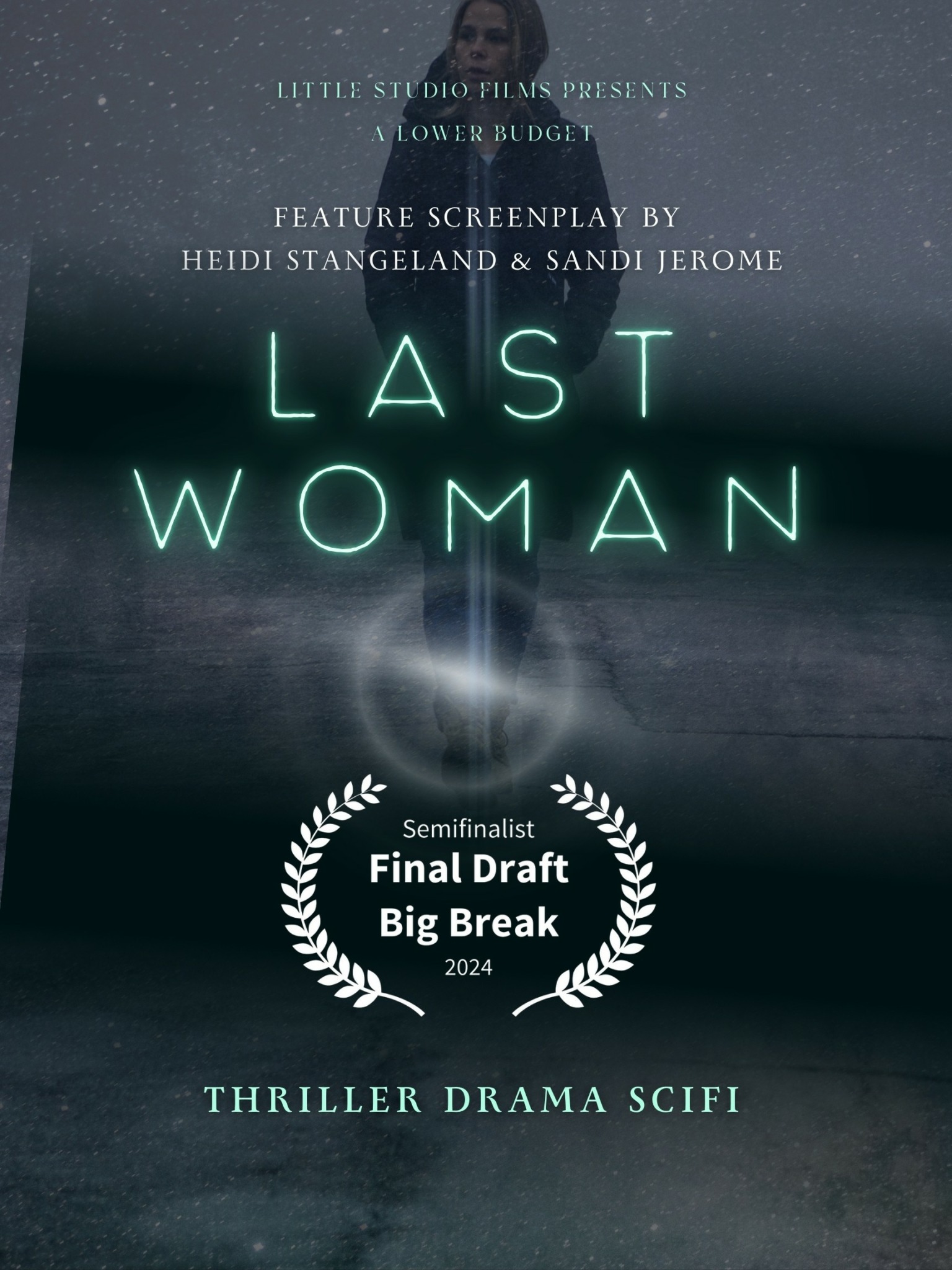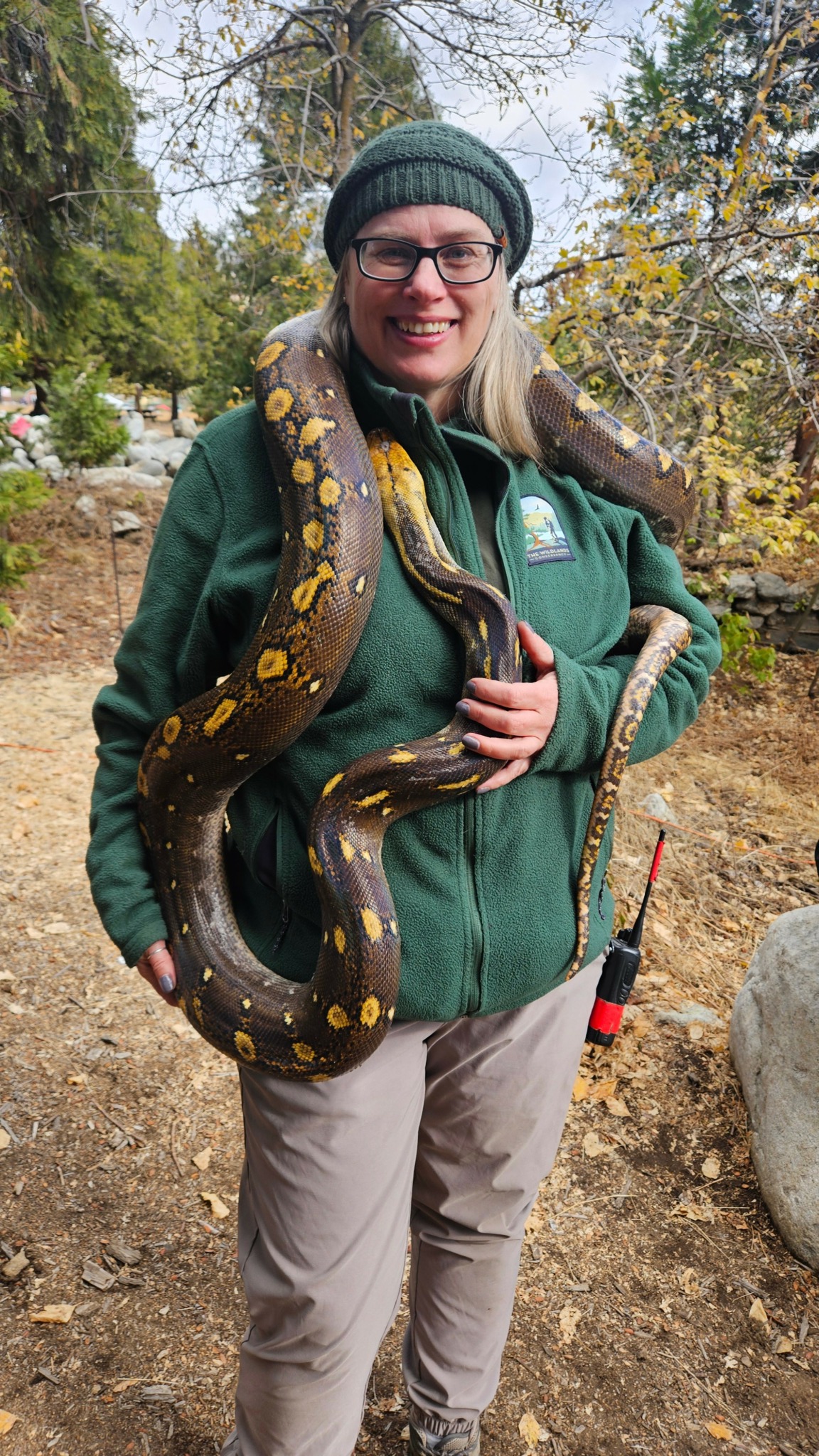We’re excited to introduce you to the always interesting and insightful Sandi Jerome. We hope you’ll enjoy our conversation with Sandi below.
Hi Sandi, thanks for joining us today. What do you think matters most in terms of achieving success?
It has taken me two decades to become an “overnight success” as a screenwriter and Young Adult novelist. “A professional writer is a writer who doesn’t give up” was coined by Richard Bach, an American writer best known for his 1970 novella “Jonathan Livingston Seagull.” Bach was both a pilot and author, often incorporating his love of aviation into his writing. My first paid writing gig last year was writing the film adaptation of a book titled “Hijacked: The True Story Of The Heroes Of Flight 705. I signed the agreement in August 2024. It has had three producers so far and has been sent out to over 30 studios and streamers. One of the producers has said flatly, “This movie will get made!” It took thirteen years for Avatar: The Way of Water to get made. This business of writing requires patience and a thick skin.
I remember the exact day I decided to be a screenwriter two decades ago. I had spent the day in a law office in Portland. A computer consulting client of mine wanted to get a patent for a dating application that he had created called “One in the Music.” Patrick had met the perfect girl, but after dating a few times, he discovered that she loved country music, and he hated it. His “million-dollar” idea was to match people by their musical likes, and instead of sending flowers, they’d send songs to each other.
That day, I was writing the algorithm for the patent application along with the description of the features based on the ideas in my client’s mind. It wasn’t a paying gig – he agreed to beta test my software, and I agreed to do this in return for stock in the new company. Since I’m not writing this on my yacht, like many new ideas, I never saw a penny from the company.
But that day, I had an idea that was born when a tech guy came in and did a computer backup of everything we had worked on for the past few hours. I didn’t like going out for lunch and always had a sandwich in my computer bag ready. I went to the breakroom, and the son of one of the attorneys was reading a new young adult book, Twilight. This bright kid did such an amazing pitch for the book that after work, I went to a Barnes and Noble bookstore and bought my first Stephenie Meyer book.
Later in the day, I came up with an amazing idea, “What if we could back up our minds like a computer?” I thought of all the ways technology could go wrong, and the worse was that the bad guy is dying and decided to back up his mind into a bright young kid, like the one I had spent my lunch talking to about Twilight. I dashed over to the writing section of the bookstore that evening and found a book by Cynthia Whitcomb: The Writer’s Guide to Writing Your Screenplay: How to Write Great Screenplays for Movies and Television. I flipped through it and studied the format of a screenplay. It was a lot like the algorithm I had been working on. I then looked at the back of the book and the number of screenplays she had written and sold, but so many had never been produced.
Last year, I got signed by a manager, Alexia Melocchi of Little Studio Films. I wrote and sold four screenplays on deferred payments. If the budget exceeds $10M for each, I will earn about $600,000. Over the past two decades, I have done it all: bought dozens of books, attended workshops and seminars, joined writer’s groups, paid for coverage, entered contests, listed my dozens of spec scripts on various sites, self-published books, and even got an advanced screenwriting degree from UCLA. I’ve placed in Nichols, Page International, Final Draft’s Big Break, and Austin Film. I’ve pitched at the Austin Film Festival, applied to SeriesFest, and pitched to producers, studio executives, agents, and managers. What worked? I didn’t give up, and I consider myself a professional writer.

Sandi, love having you share your insights with us. Before we ask you more questions, maybe you can take a moment to introduce yourself to our readers who might have missed our earlier conversations?
What sets me apart as a writer is my willingness to work on deferred payment – and my speed. When I was in the software industry, there was a saying, “You can have it quick, good, or cheap — pick two out of three.” I like to offer all three. Deferred payment means that I write book adaptations for film – for little or no upfront payment. The process is simple; a producer gets the option to an amazing book, gets a screenwriter to write the script for the film and then they “shop” it around to studios and streamers. For example, my last gig was the adaptation of Jake & Clara: Scandal, Politics, Hollywood, and Murder by David R. Stokes. Two-time Golden Globe nominee Blair Underwood, purchased the rights to David’s best-selling book “Camelot’s Cousin,” and we’re hoping someone will do the same for Jake & Clara. Having the screenplay already written makes the book option much more attractive to studios and talent. When it comes to quick, I’m a fast writer. I write ten pages a day, which means I can write a script in less than two weeks. I have high technology skills; I know screenwriting software and how to write an AI program prompt for my research. The third option, “good,” comes from learning my craft over the past twenty years. I’ve gotten coverage for my dozens of spec screenplays and learned how to writer better by accepting criticism or the dreaded “notes” from producers. It is hard as an artist to “change the cat to a dog,” but after being in the software industry, you learn that the client is right and when the code or scene isn’t working, to quickly change it. An artist fights for their creativity, but I’m a programmer at heart, and it is easier to change it than argue.

We’d love to hear about how you met your business partner.
I like to work alone. A well-known quote from Steve Wozniak regarding working alone is: “Artists work best alone”. This signifies his belief that creative individuals often thrive when given the space to work independently on their projects. But I have a writing partner for my spec scripts and TV pilots, Heidi Stangeland. Heidi is the person who has criticized me the most. She provides coverage for our manager on my scripts. After about ten of these painful coverages, I realized Heidi knew what worked. She has raw talent. She’s a former professional editor and now a screenwriter herself. But like Woz, I believe that collaboration is not productive. Less talking and more writing is what gets the script completed. Heidi and I work like an assembly line; I write and it goes to Heidi to rewrite and polish. You can pay a script doctor to do this, but having Heidi as my co-writer gives her the creative freedom to change that “cat to a dog” or completely delete a slow scene or speech that was one of my darlings. No true artist would allow that, but I’m not sure screenwriting is an art. It is closer to writing a computer program that tells the talent where to stand and what to say, all within the limits of a story that has a specific structure. It has taken me years, but that is the reason it says, “A film by…” and lists the director’s name instead of the screenwriter. The director takes our instructions and makes it into art.

Any resources you can share with us that might be helpful to other creatives?
Unlike Heidi, I wasn’t born with raw talent – for anything! But I acquired talent over the years. I was shy and stuttered, but I eventually became a public speaker and once spoke at the same conference as First Lady Barbara Bush. We were both in the speaker’s lounge, and I wanted to talk to her, but when those big guys with guns started toward me, I hurried back to my own couch area. I’m shy and afraid of everything. I’m like the Gorginites in Small Soldiers; my greatest ability is to run and hide. In addition, my mother said that I was so uncoordinated as a kid that I could trip over a bobby pin in a shag carpet, but I became a certified yoga teacher. I believe in attacking things with everything that I’ve got to succeed. I went to college to get a degree in International Agriculture with a goal to teach the world how to grow food. Lots of things diverted my path, but I ended up changing to Agribusiness, then business, and finally accounting and computer science. How I got from designing accounting software to screenwriting is a story for another time, but the one thing I wish I had known earlier is that you don’t need a fancy degree to be a success.
“You wasted $150,000 on an education you coulda got for $1.50 in late fees at the public library” Matt Damon in Good Will Hunting.
If you have talent, raw talent, and a great idea, run out and buy a book on screenwriting and learn screenwriting software. My favorite is written by my manager, Alexia Melocchi, An Insider’s Secret: Mastering the Hollywood Path and after reading that, I decided I needed representation. So, even though I was a highly educated CPA and computer programmer when I took off on this path, I wanted to learn screenwriting from the best – and I did. I found out that UCLA had an online screenwriting program. Jack Sowards, who wrote Star Trek – Wrath of Kahn and Jim Schmerer, who wrote for some of the most popular series of the 1970s and ’80s, including MacGyver, CHiPs, Vega$, Fantasy Island and Starsky & Hutch, were my instructors. I met a friend online, and when we graduated from the Advanced Program and attended our graduation ceremony at UCLA, Jim and Jack took Dana and me out to dinner. These two wonderful gentlemen told Dana and me that we were the best writers in the class, which gave us both a lot of encouragement to continue. I had acquired talent with education. I then won the Native American Media Alliance fellowship and learned more from my AFI instructor, especially the 8-sequence structure I follow that is similar to the famous format of Save the Cat! For a former programmer like me, the 8-sequence structure is catnip, and if I could pick one thing I wish I had known, it was this structure. Yes, I spent a long time getting here, and maybe I could have taken a shortcut by reading a book.
Contact Info:
- Website: https://www.sandrajerome.com/
- Instagram: https://www.instagram.com/sandijerome/?hl=en
- Facebook: https://www.facebook.com/sandi.jerome.9/
- Linkedin: https://www.linkedin.com/in/sandi-jerome-3886246/
- Twitter: https://x.com/sandicookjerome?prefetchTimestamp=1738322425726&mx=2
- Youtube: https://www.youtube.com/sandijerome
- Other: IMDB – https://www.imdb.com/name/nm14829904/




Image Credits
Heidi Stangeland, Sandi Jerome

